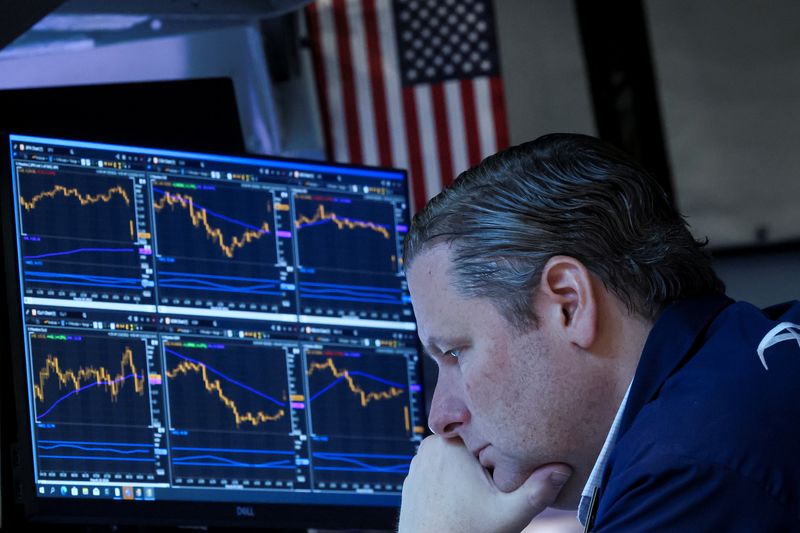Amidst the stock market sell-off last Monday, the CBOE Volatility Index (VIX) soared to 65.73, marking its highest level since the COVID-19 spike to 85.47 and the second-highest level since the late 2008 spike to 89.53.
The VIX, also called the market’s “fear gauge,” has experienced 11 weekly panic spikes above 45, with only the 2008 and 2020 spikes resulting in weekly closes above this level, which were accompanied by larger declines in the S&P 500 (SPX), according to Bank of America’s technical strategists. By Friday, August 9th, the VIX had closed at 20.37, down from its Monday surge above 45, signaling some stability for U.S. equities.
Historically, the S&P 500 has formed various bottoming patterns following VIX spikes, strategists highlight. These include “V” bottoms in 1997, 2001, and 2020; double bottoms in 1998, 2011, and 2015; head and shoulders bottoms in 2002, 2008-2009, and 2010; and a triangle in 2018.
"In our view, it is too soon to tell what pattern develops on the SPX after the August 2024 panic spike on the VIX,” they wrote in a note. “However, like 1997 and 2018, the August 2024 VIX spike occurs with the SPX above its rising 40-week moving average (MA)."
Following an initial VIX spike above 45, the S&P 500 often struggles for four to eight weeks.
Traditionally, the benchmark index is up only 40% of the time during the eight weeks after such leaps, with average and median returns of 0.95% and -0.72%, respectively. This contrasts with the S&P 500 rising 66% of the time with average and median returns of 1.41% and 1.95% for all eight-week periods since 1992.
"These SPX returns suggest that time is needed for the U.S. equity market to stabilize after a VIX spike,” strategists continued.
“It also points to lackluster to weaker returns prior to the Presidential election, which lines up with election year seasonality."
However, the index tends to perform better over longer periods following a significant VIX spike.
Thirteen weeks after a VIX spike, the SPX is up 80% of the time with average and median returns of 5.46% and 5.17%, respectively, according to BofA. One year after the spike, the SPX is up 80% of the time with average and median returns of 14.07% and 18.18%, respectively.
